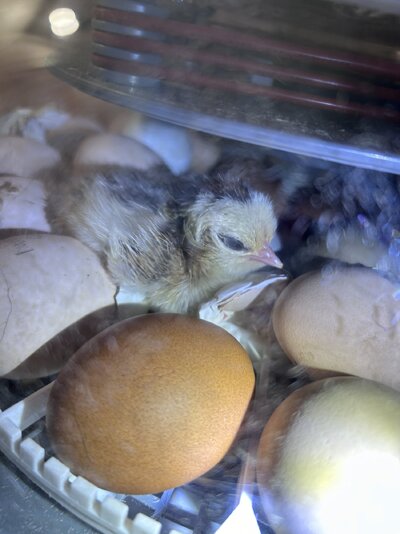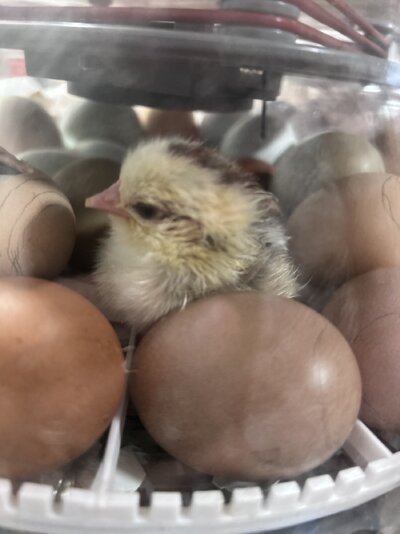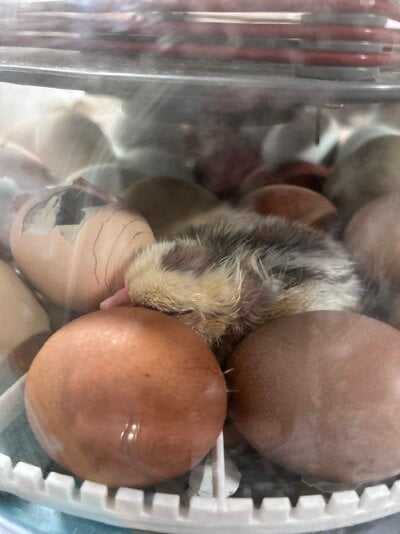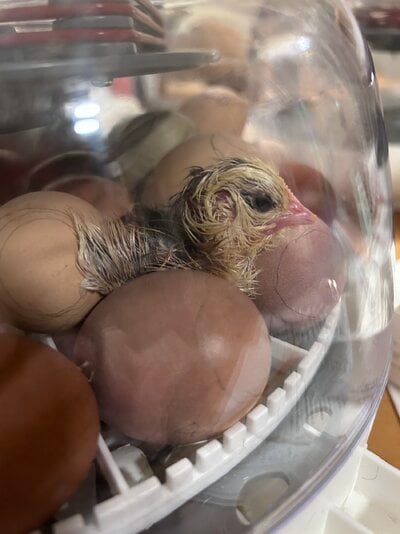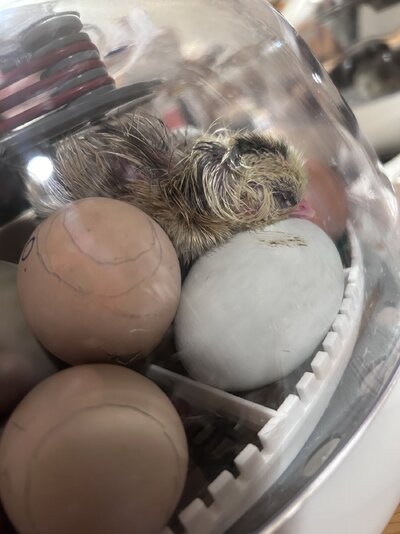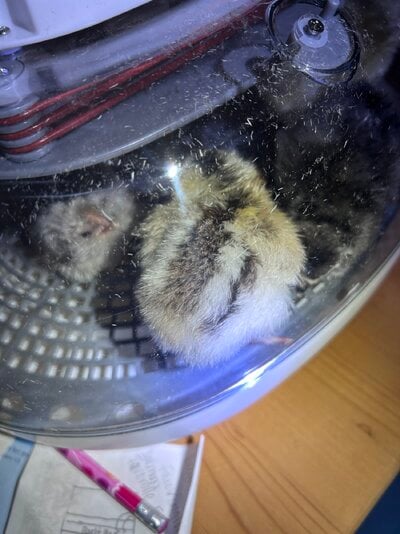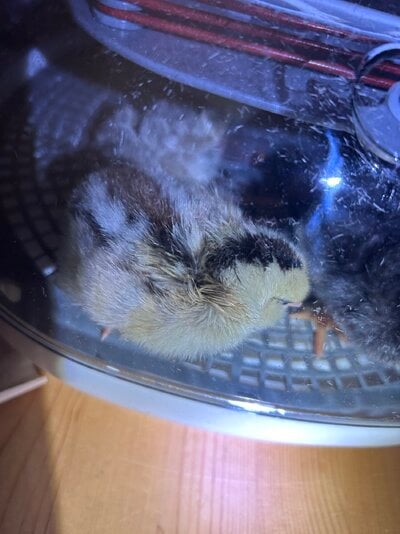Snugglesandwigglespetcare
Chirping
- Mar 25, 2023
- 78
- 79
- 86
So my chicken groups have separate dedicated areas and coops. My LO hens are flighty and will fly out, but no one comes into their space, much less their coop to lay an egg.
With that said, I no longer have Speckled Sussex hens, but I have one or two roosters from my sweet Minnie who fell to sour crop




I do remember Hershey running over and mating with one of my LO hens and thought to myself, yep, gonna have a black one from that.
I do have pics of my other free ranging roosters. A couple are crossed with LO, but they are dark or Birchen mixed.
The other notable, WHAAATT?! Is that this chick has feathers on its legs and feet I mean, it is beautiful and I am definitely keeping it, but I guess that could narrow down the rooster?? I’m also thinking I have roosters to at are LO/SF and maybe it is getting its feathered legs from the SF side??
I mean, it is beautiful and I am definitely keeping it, but I guess that could narrow down the rooster?? I’m also thinking I have roosters to at are LO/SF and maybe it is getting its feathered legs from the SF side??
I am looking forward to getting feedback. TY
With that said, I no longer have Speckled Sussex hens, but I have one or two roosters from my sweet Minnie who fell to sour crop
I do remember Hershey running over and mating with one of my LO hens and thought to myself, yep, gonna have a black one from that.
I do have pics of my other free ranging roosters. A couple are crossed with LO, but they are dark or Birchen mixed.
The other notable, WHAAATT?! Is that this chick has feathers on its legs and feet
I am looking forward to getting feedback. TY

